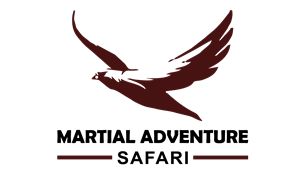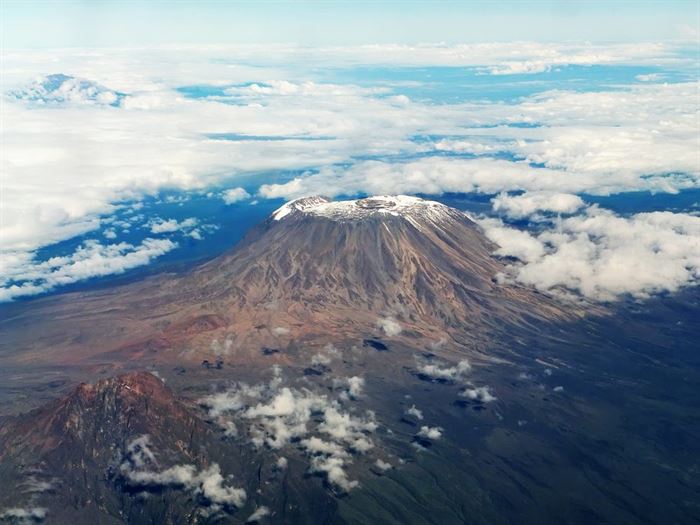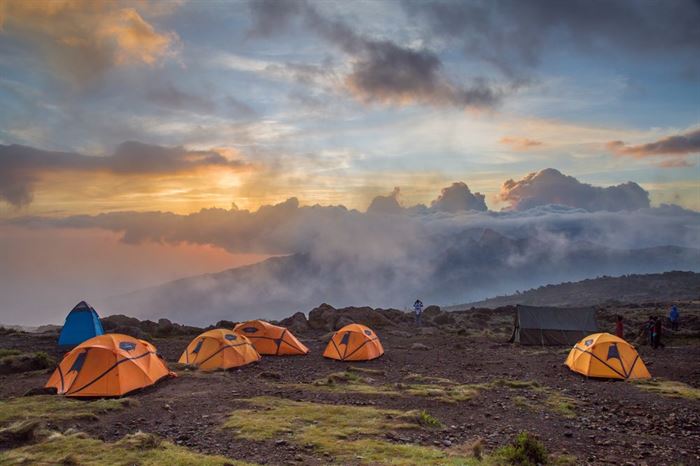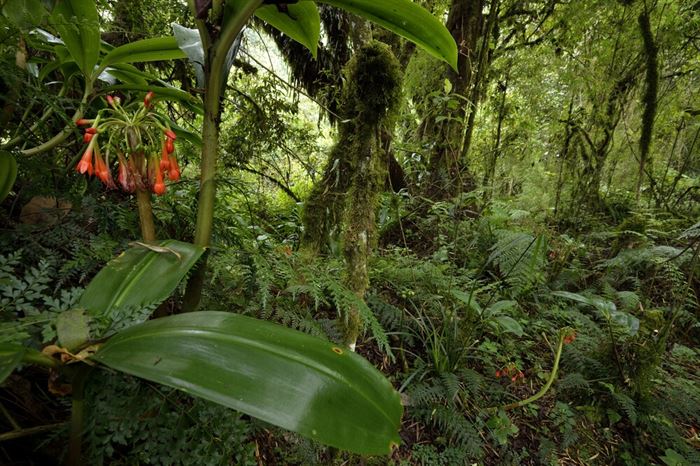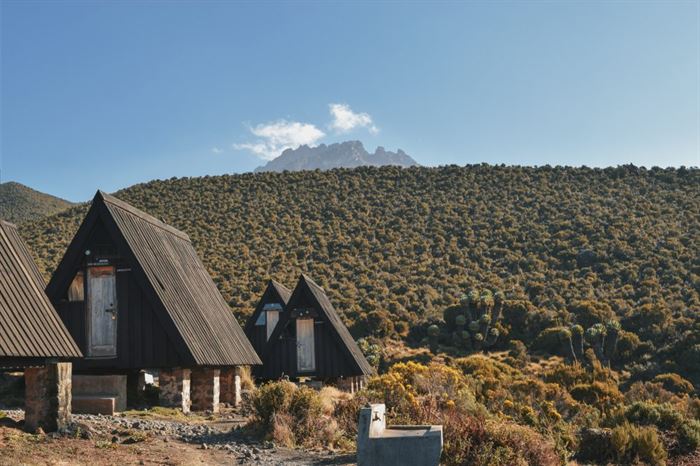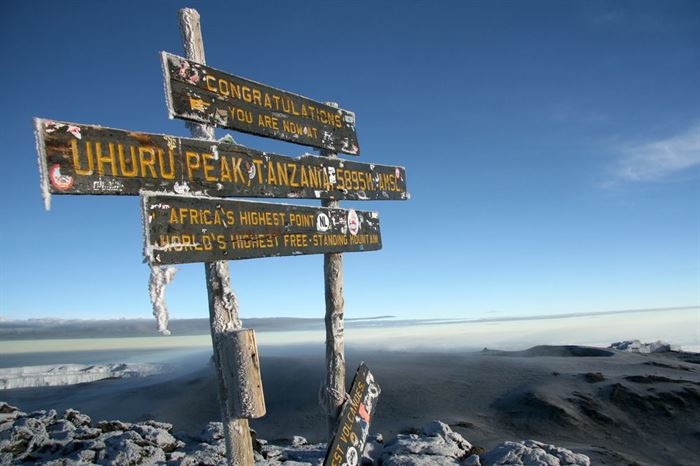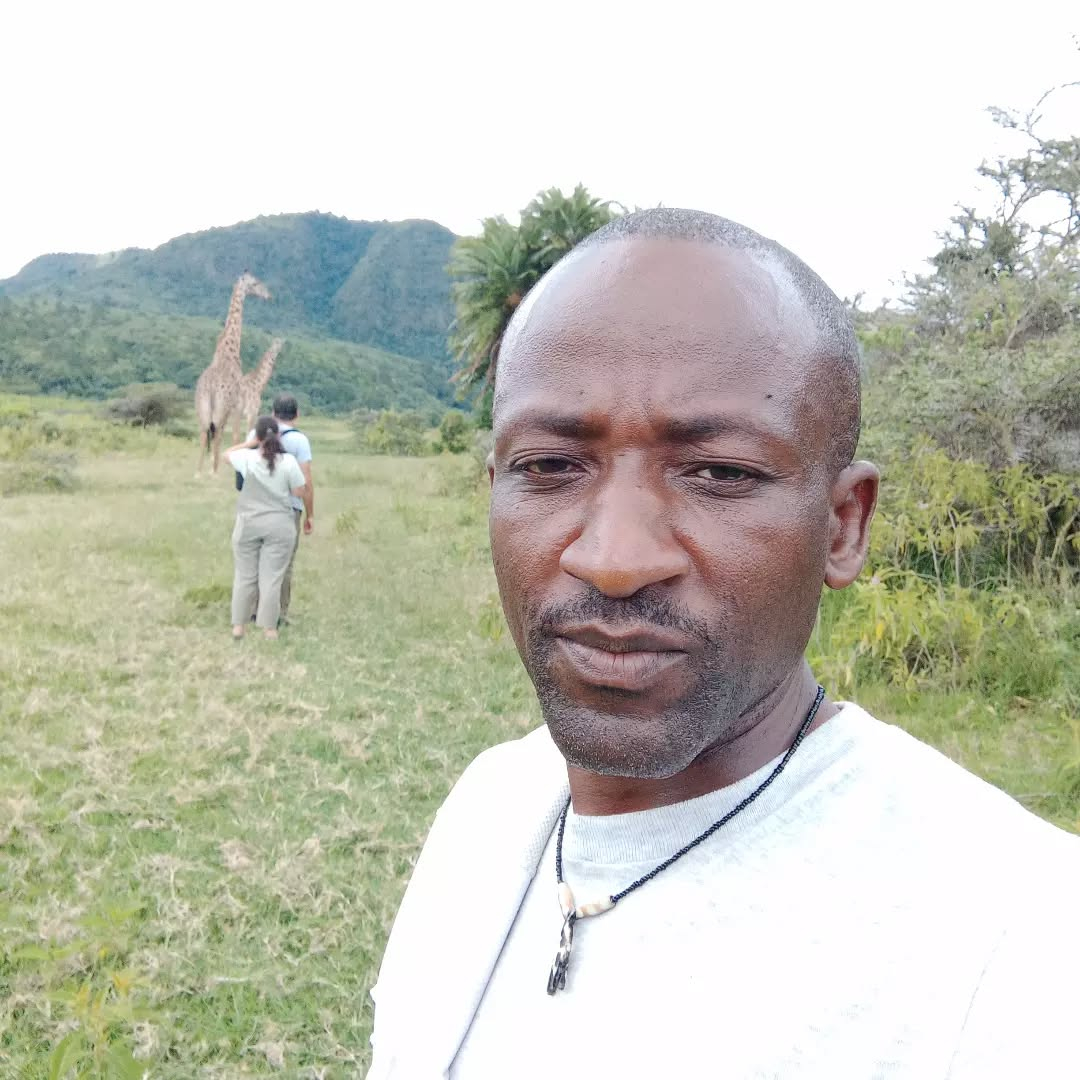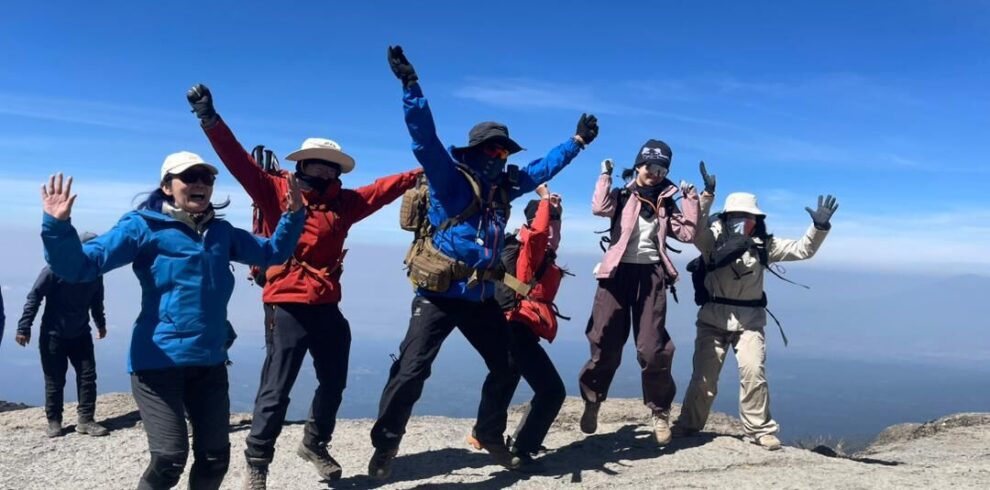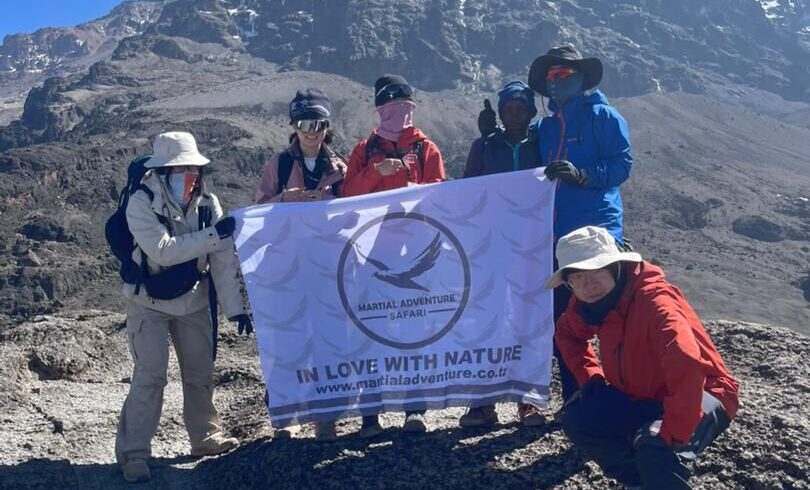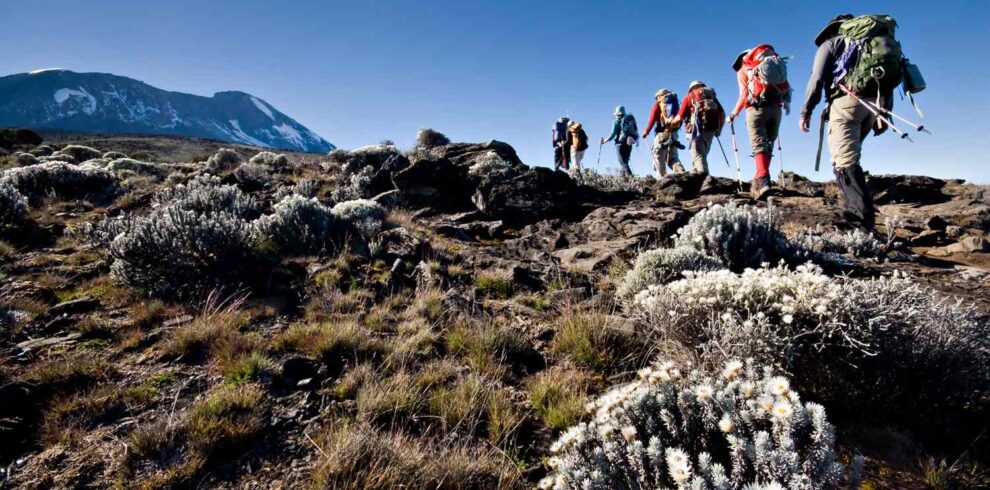After enjoying breakfast at your hotel in Arusha, embark on a 2-hour scenic drive through the rural countryside to Londorossi Gate for the necessary Kilimanjaro National Park registration. From here, continue through diverse farmland with breathtaking views of the open plains until reaching the Lemosho trailhead.
Your 7-Day Kilimanjaro Trekking Umbwe Route adventure begins with a gradual ascent through the lush rainforest, where you’ll encounter unique flora and possible sightings of Colobus monkeys. After 3-4 hours of trekking, arrive at Lemosho Mti Mkubwa Camp (2,650m), where you’ll settle in for the night amidst the towering trees of Kilimanjaro’s lower slopes.
